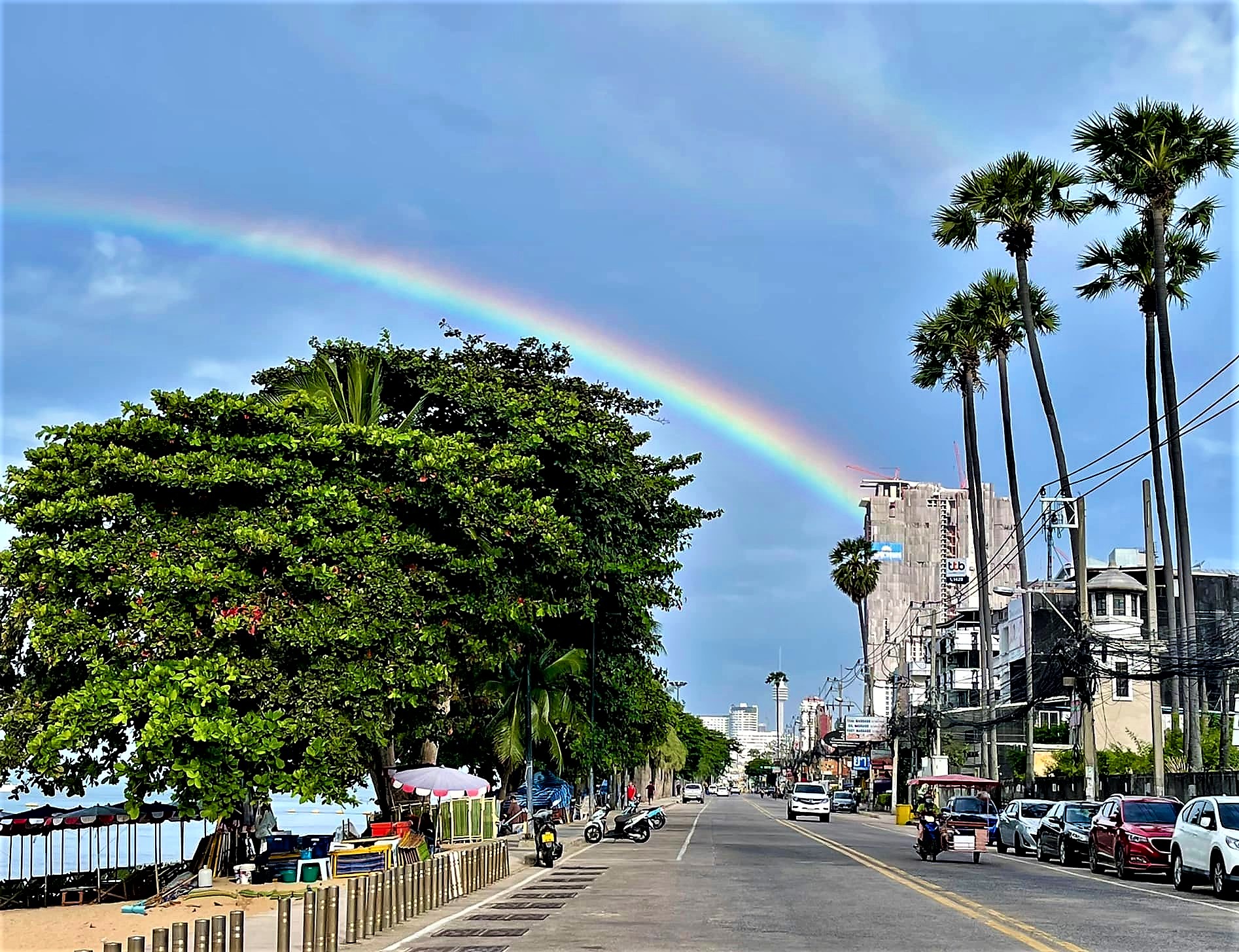Search Properties
Change your mind about Pattaya
Will Pattaya emerge from the pandemic a full-grown city?
Think of your brain as a really advanced computer. In an over-informed world, most people find it necessary to make quick judgments about where to store information about people, places, and things in their memory for reference later. “Pancakes” gets filed in a folder called “breakfast”. “Starbucks” gets filed under “Coffee Shop”. “Jennifer Lopez” could be filed under “Actress” or “Singer” depending on whichever you think she is better at I suppose.
The same goes for cities. “Paris” goes to the “Romantic European City” folder in your brain along with Rome, Barcelona, and Lisbon. “Bangkok” goes under “Sweaty Asian Megacities” along with Jakarta, Manila, and Kuala Lumpur.
What about Pattaya? Where do most people store information about our little city-by-the-sea?
Fifty years ago, it would have been filed it under “Sleepy Fishing Village”. My uncle was stationed at Utapao Air Base during the Vietnam War. I’ve seen pictures of people riding horses on Pattaya Beach in 1968 without a building in sight.
But we all know what the residual effect of the military presence was. The infamous “Walking Street” was born, and that 700-meter-long strip of neon nefarious activity changed how everybody thought about Pattaya for the past 50 years. In most people’s onboard computers, “Pattaya” got sent to the “Trashy Tourist Trap” folder.
However, in recent years, a growing number of visitors to the Eastern Seaboard have begun to file “Pattaya” under “Modern Seaside Resort” instead. The Tourism Authority of Thailand’s efforts to upgrade Pattaya’s status has gotten some traction. The completion of Motorway 7 several years ago certainly helped reintroduce weekenders from Bangkok to Pattaya. Many of the old file labels still remain, but Pattaya’s reputation has slowly improved.
The next big thing
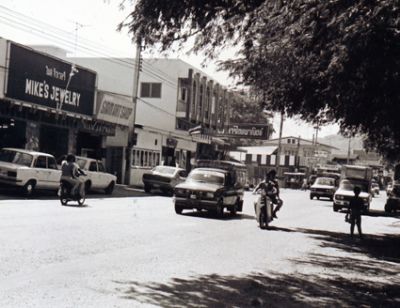
It might appear that the only progress made is that Pattaya has shifted its economic focus from fishing to tourism. But it is a mistake to oversimplify the definition of Pattaya in this way. Pattaya is not just a tourist town. Outsiders and local expatriates alike may be oblivious to what the Eastern Seaboard is morphing into, but many investors are not. Smart people with big money are paying attention, and they are filing Pattaya in the “Next Big Thing” folder. Here’s why:
During my morning walks to Jomtien Beach I witnessed the effects of the pandemic firsthand. Strolling down Soi 7 I could see half of the hotels, bars, restaurants, and spas were boarded up, some even for sale. The other half were alive with activity. Renovating, facelifting, and expanding instead of giving up. These are the people who understand the resilience of the Thai economy. They realize the pandemic has impacted business in a big way, but it’s not the end of the world. They know if they can persevere, the future will be extremely profitable.
Soi 7 in Jomtien is a microcosm of what’s happening all along the Eastern Seaboard. The Thai government has taken the same approach. They knew the crisis would eventually end. They saw no reason to slow down their Eastern Economic Corridor (EEC) projects. They continued building the backbone that will support the Thai economy for the next 50 years.
In the thick of it
To truly understand what the future of Pattaya and the rest of the Eastern Seaboard will look like, you’ll need to reset your thinking a bit. Take Pattaya out of your “Tourist Trap” folder and put it in the “Manufacturing and Logistics Hub” file where it belongs. And start thinking of the area from Bangkok down the coast to Rayong as one big economic zone. Create an EEC folder on your internal hard drive and put Pattaya in it.
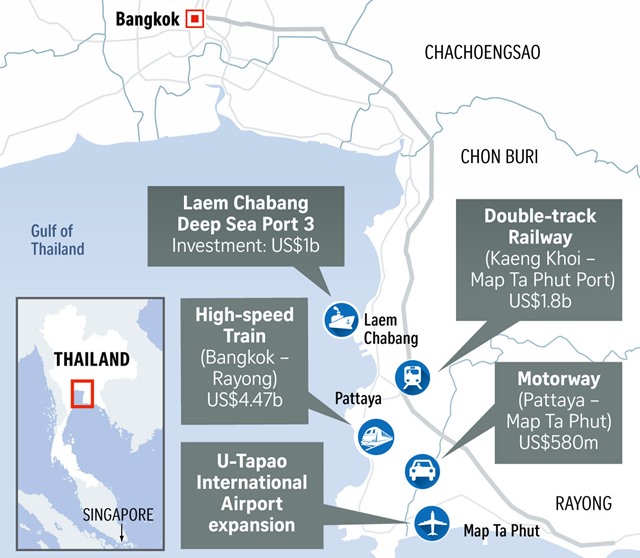
The EEC begins just outside Bangkok and includes the provinces of Chachoengsao, Chonburi, and Rayong. If you’ve ever driven from Bangkok to Pattaya and wondered what all those billboards and exits are about, they take you to massive industrial estates located on either side of Motorway 7. More than 50 of these huge estates populate the EEC and more are being built. Automobile assembly plants, food preparation factories, computer hardware, electronic equipment, home appliances … the list goes on and on.
These massive industrial complexes are strategically located near the Port of Laem Chabang just north of Pattaya which occupies over 2,500 acres and is capable of handling the largest vessels in the world. The port contains 1 multipurpose terminal, 7 container terminals, 1 passenger terminal, 1 shipyard terminal, 1 general cargo terminal, and is currently expanding. Laem Chabang handled 8.4 million TEU in 2021, ranking it 22nd in the world.
On the southern end of the EEC is Maptaphut near Rayong which houses five industrial estates, one deep-sea port, and 151 factories including petrochemical plants, oil refineries, coal-fired power stations, and iron and steel facilities.
Suburban sprawl
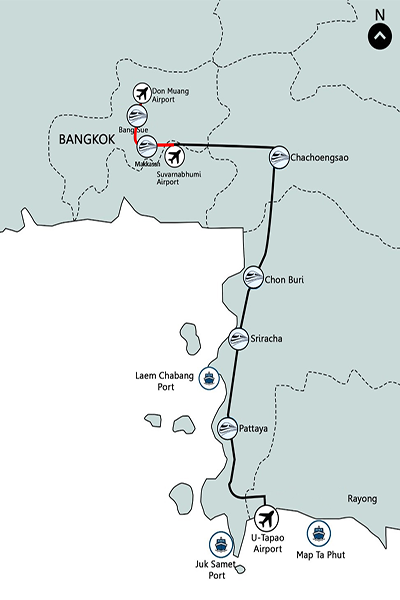
Utapao International Airport, also near Rayong, has been in expansion mode for the past 7 years. It is important to note, that this airport isn’t just expanding to haul tourists to the beaches and golf courses. The master plan is to turn the former US military installation into an “aerotropolis”, a modern name for regional aviation and logistics hub. It is estimated that when finished, more than 15,000 jobs per year will be created in the area.
Massive deep-sea ports. Dynamic industrial estates. Ever-expanding logistics facilities. And guess what sits right in the middle of this steaming hot industrial powerhouse? The former little fishing village known as Pattaya. As the EEC masterminds work overtime to network all the logistical elements, each and every connection runs right through Pattaya.
A high-speed rail project will connect Bangkok’s two airports, Don Muang and Suvarnabhumi, with Utapao. When the train gets outside Bangkok it will reach speeds of 250 kph. A trip that takes two hours or more by car will be cut to 30 minutes. A person could literally live in Pattaya and commute to work in Bangkok.
New highways are already open connecting Bangkok to the southern regions of the corridor. And because the new highways stretch much further down the coast, it makes Pattaya “on the way” to everywhere. It is a common occurrence to drive through East Pattaya and discover a highway that wasn’t open a few months ago.
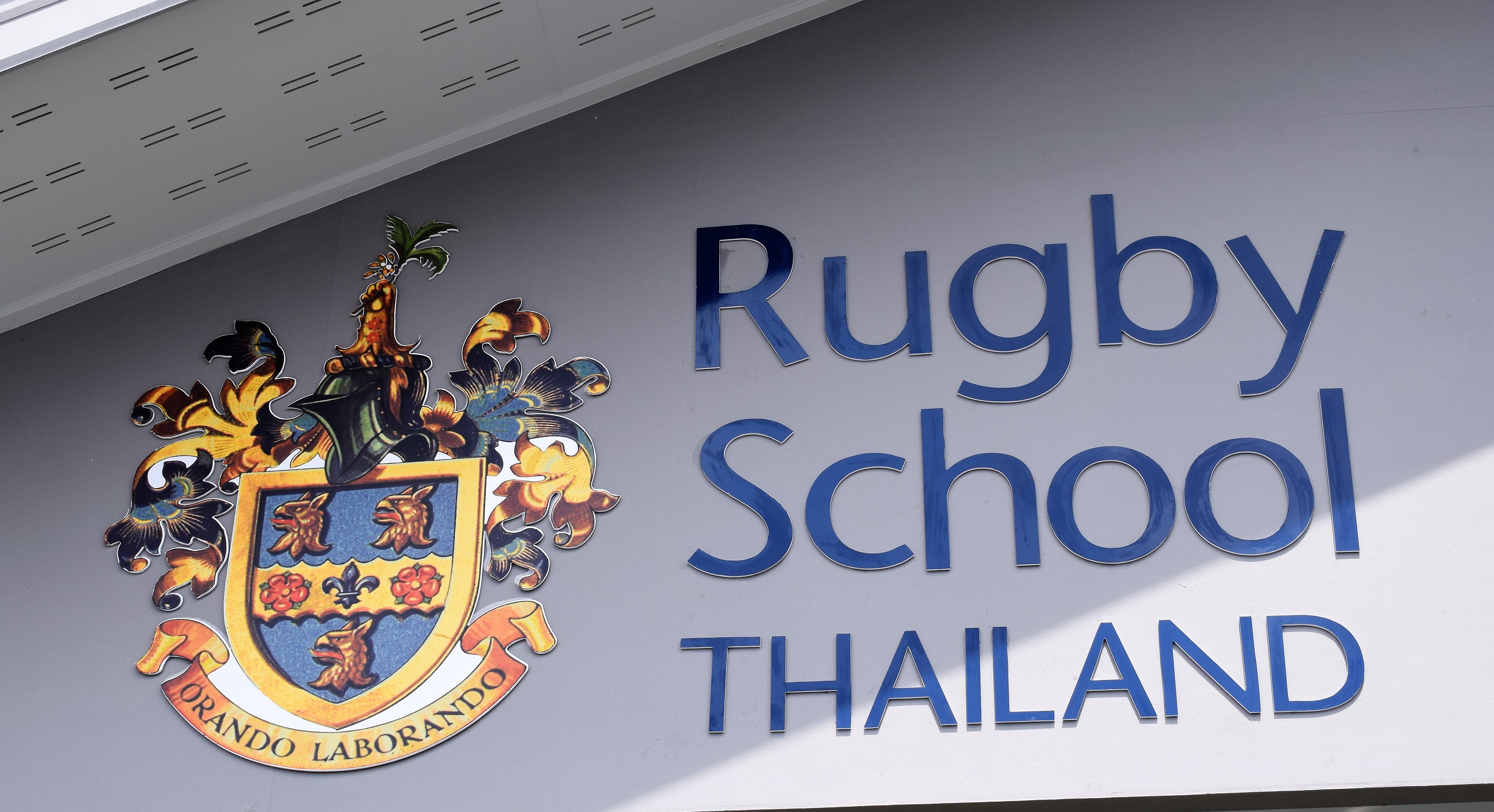
Speaking of East Pattaya, this vast region with rolling hills, golf courses, and housing estates has exploded with growth in recent years. As new infrastructure draws Pattaya closer to Bangkok, we might even consider East Pattaya and Hua Yai “bedroom communities” of the capitol one day.
I can envision a family choosing a spacious pool villa near Lake Maprachan over a cramped apartment in Bangkok. The family breadwinner can commute to the city and return home each evening for dinner and help the kids with their homework.
And the kids will have plenty of international schools to choose from. At last count, 15 international schools offering curricula in English, French, and Thai are active in Pattaya. Prestigious institutions with names like Regents, St. Andrews, and Rugby. As the population swells, the number of schools will certainly increase.
Other secondary infrastructure projects are emerging as well. A “Medical City” known as EECmd is planned and underway in East Pattaya that will feature the new Thammasat University Hospital Pattaya residing on 40 acres. The hospital will be developed in two phases and a total of 600 beds.
This facility will offer a fertility clinic, digital dentistry, an elderly health center, occupational health, and environmental center, and specialty clinics to treat chronic diseases. The purpose of this hospital is to provide a world-class health care facility to the surrounding communities and to support economic expansion, investment, and tourism

High-speed trains … logistics hubs … super highways … medical cities … billions of dollars pouring in from domestic and foreign investors. Does this sound like a “trashy tourist trap” to you?
Visitors and ex-pats can easily plop themselves down under a beach umbrella or on a barstool and conclude that this is all there is to Pattaya. If you never go east of Sukhumvit Road or south of Pratumnak Hill, you have seen less than 1% of what Pattaya has to offer.
It’s time to change the way you think about Pattaya. It’s time to realize this is a vibrant city that gets better every year. It’s time to right-click and rename that folder “Pattaya_Modern Seaside Metropolis”.
